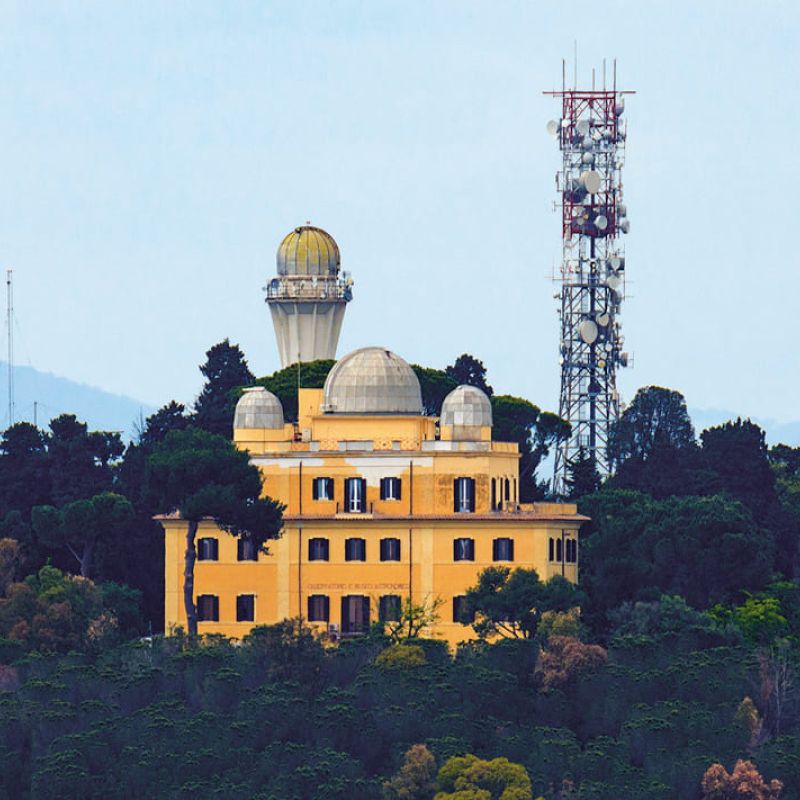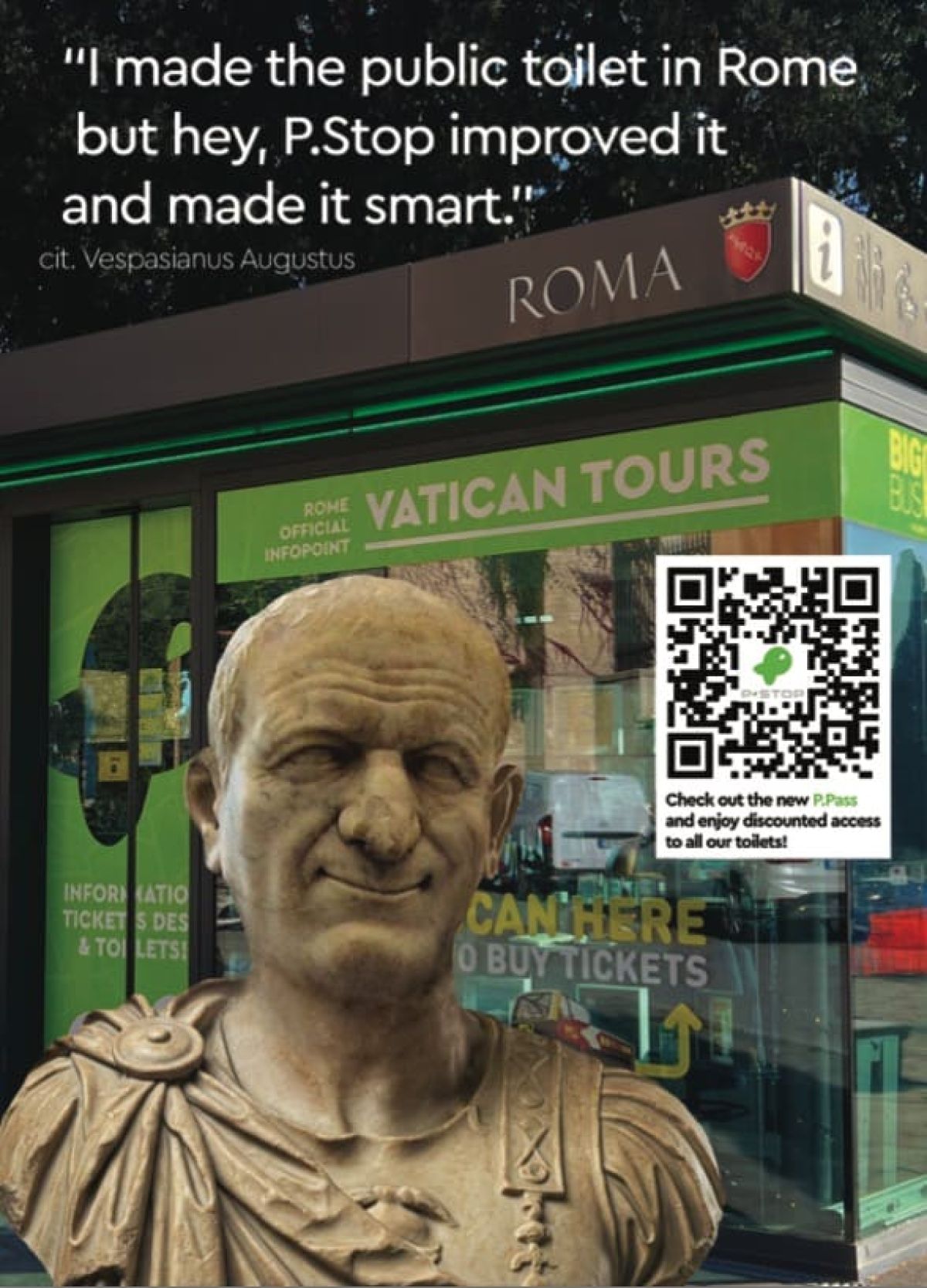Back page/History

A day in ancient Rome
The fascinating history of the Monte Mario astronomical observatory
Immersed in the park of the Monte Mario hill in Rome’s north-west is the city’s former astronomical observatory, now housing the headquarters of the Italian Astronomical Society and a museum that showcases the city’s oldest telescopes, binoculars, a number of celestial globes, and many other fascinating stargazing instruments. telescope (34 meters high) that captures the image of the sun and sends it to the base by way of a complicated and very stable system of mirrors that are guaranteed to not move even in the case of very extreme winds. The observatory was first set up in 1938 by astronomer Giuseppe Armellini inside a 17th-century house, Villa Mellini. Armellini chose this location because of its ele- vated position on the hill, dominating the city from its height of 150 meters. This, Throughout the years, atmospheric pollution and the reflections of artificial light coming from the city below have gradually caused observation quality to worsen, so all obser- vation activities were discontinued in 2000. Astronomical studies were transferred to the observatory of Campo Imperatore, at 2,200 m above sea level on the nearby Gran Sasso mountain. together with Rome’s mild climate and its mostly clear skies, would guarantee A climb up Monte Mario, however, is well high-quality observations, he believed. worth the visit: the Copernican Museum (beniculturali.inaf.it/musei/roma) conserves The two domes, which were placed on the antique stargazing instruments that provide building’s terrace, are topped by lightning a glimpse into the evolution of scientific rods and covered in zinc. They were taken research, as well as some curiosities, such as from another observatory on the Capitoline “prohibited” objects and documents that the hill and from the Collegio Romano, which Church disapproved of throughout history. supplied the scientists with remarkably pre- First on the list are the original, handwritten cise star charts. A third dome with a more books by Galileo Galilei, whose revolution- powerful telescope was positioned next to ary ideas are known to have marked the a solar tower, which is an enormous fixed beginning of the scientific modern age.

